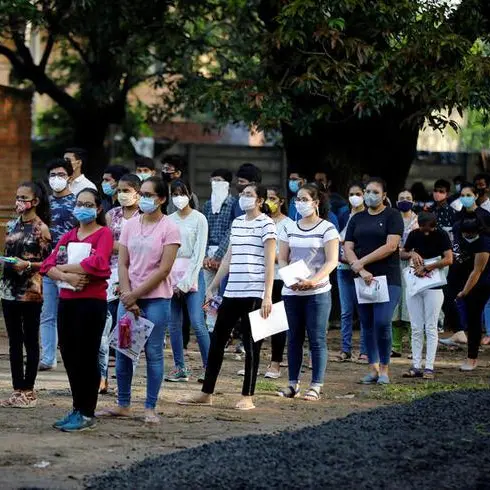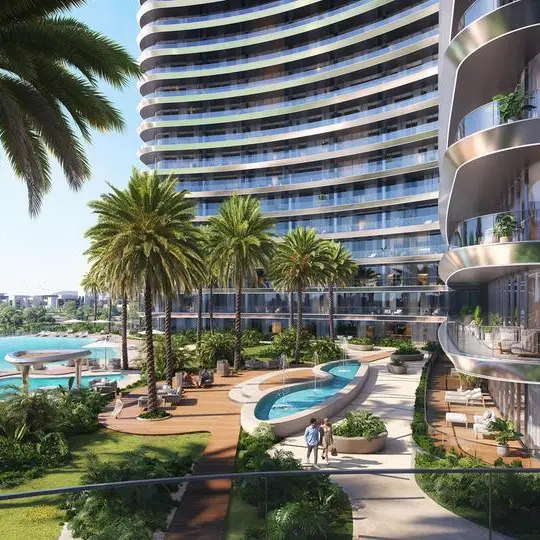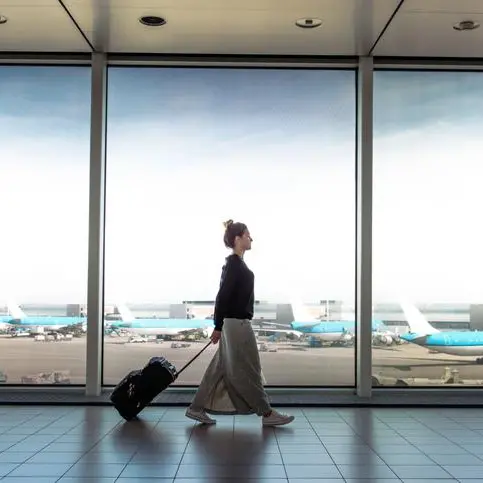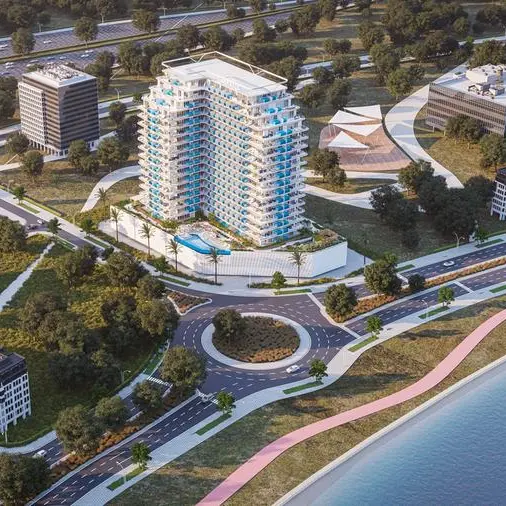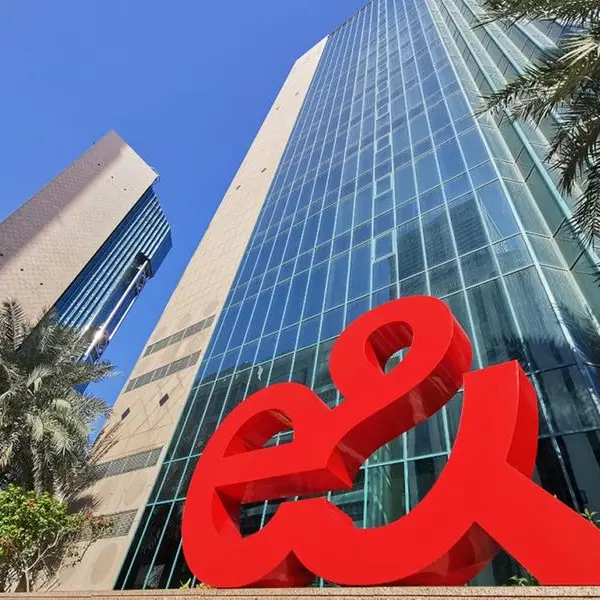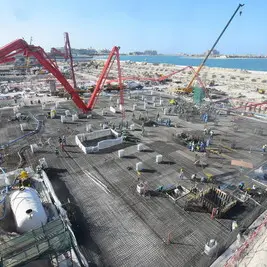PHOTO
14 March 2017
JEDDAH: If all the reforms outlined in the fiscal balance program are implemented within the set timeline, Saudi Arabia could achieve a budget surplus by 2019, said a report issued by Al-Rajhi Capital.
The fiscal balance program, unveiled after the announcement of the 2017 budget, comprises rationalizing government expenditure, cost savings from energy and water-price reform partially offset by household allowance pay-outs, new non-oil revenue sources and enabling private sector growth.
Analysts at Al-Rajhi Capital said the government has identified value-added tax (VAT), an expat levy, a municipal fee, an excise tax on harmful products and luxury tariffs as major avenues for generating non-oil revenue. In the conservative scenario (assuming lower oil prices, execution delays in water/energy price reforms etc.), the budget surplus will be achieved by 2020, they added.
According to the economists, higher non-oil revenue and cumulative cost savings from energy and utility price reforms are the key drivers for balancing the budget. They said that apart from creating a new revenue stream for the government, the expat levy will also likely reduce labor arbitrage by narrowing the wage differential between nationals and expats, thereby encouraging companies in the private sector to adopt more value-added and skill-based models given the potential cost pressures.
“We estimate the total employee levy to be 1.4 percent of the establishments’ aggregate revenue (considering the peak levy applicable by 2020), while varying 0-4 percent of revenue for various sectors,” said analysts at Al-Rajhi Capital.
Higher non-oil revenue, as per the report, is premised on the expat levy (to be implemented in July 2017), VAT (to be implemented in early 2018) and other fees such as higher visa fees, municipality and rural fees, excise tax on harmful products and luxury tariffs.
Analysts said the expat levy is likely to be a key contributor to non-oil revenue growth, accounting for 45 to 50 percent of the incremental non-oil revenue in 2020.
“Our incremental non-oil revenue estimate does not include potential receipts from the proposed white land tax,” they said.
While higher non-oil revenue is expected to contribute SR152 billion ($40 billion) incremental revenue by 2020, the cumulative cost savings from energy and utility price reforms are expected to yield SR209 billion ($56 billion) by 2020.
The cost-savings program will be majorly driven by energy- and water-price reforms. According to the fiscal balance program, Saudi Arabia’s energy benefits reached close to SR300 billion ($80 billion) in 2015, given the oil export price at that time.
Furthermore, energy and water benefits have typically accounted for the vast majority of the overall subsidies in the Kingdom.
The first phase of the program was already rolled out in 2016, when electricity and fuel price increases took effect.
However, water price increases have been kept on hold until the metering and billing infrastructure is in place.
JEDDAH: If all the reforms outlined in the fiscal balance program are implemented within the set timeline, Saudi Arabia could achieve a budget surplus by 2019, said a report issued by Al-Rajhi Capital.
The fiscal balance program, unveiled after the announcement of the 2017 budget, comprises rationalizing government expenditure, cost savings from energy and water-price reform partially offset by household allowance pay-outs, new non-oil revenue sources and enabling private sector growth.
Analysts at Al-Rajhi Capital said the government has identified value-added tax (VAT), an expat levy, a municipal fee, an excise tax on harmful products and luxury tariffs as major avenues for generating non-oil revenue. In the conservative scenario (assuming lower oil prices, execution delays in water/energy price reforms etc.), the budget surplus will be achieved by 2020, they added.
According to the economists, higher non-oil revenue and cumulative cost savings from energy and utility price reforms are the key drivers for balancing the budget. They said that apart from creating a new revenue stream for the government, the expat levy will also likely reduce labor arbitrage by narrowing the wage differential between nationals and expats, thereby encouraging companies in the private sector to adopt more value-added and skill-based models given the potential cost pressures.
“We estimate the total employee levy to be 1.4 percent of the establishments’ aggregate revenue (considering the peak levy applicable by 2020), while varying 0-4 percent of revenue for various sectors,” said analysts at Al-Rajhi Capital.
Higher non-oil revenue, as per the report, is premised on the expat levy (to be implemented in July 2017), VAT (to be implemented in early 2018) and other fees such as higher visa fees, municipality and rural fees, excise tax on harmful products and luxury tariffs.
Analysts said the expat levy is likely to be a key contributor to non-oil revenue growth, accounting for 45 to 50 percent of the incremental non-oil revenue in 2020.
“Our incremental non-oil revenue estimate does not include potential receipts from the proposed white land tax,” they said.
While higher non-oil revenue is expected to contribute SR152 billion ($40 billion) incremental revenue by 2020, the cumulative cost savings from energy and utility price reforms are expected to yield SR209 billion ($56 billion) by 2020.
The cost-savings program will be majorly driven by energy- and water-price reforms. According to the fiscal balance program, Saudi Arabia’s energy benefits reached close to SR300 billion ($80 billion) in 2015, given the oil export price at that time.
Furthermore, energy and water benefits have typically accounted for the vast majority of the overall subsidies in the Kingdom.
The first phase of the program was already rolled out in 2016, when electricity and fuel price increases took effect.
However, water price increases have been kept on hold until the metering and billing infrastructure is in place.
© Arab News 2017

